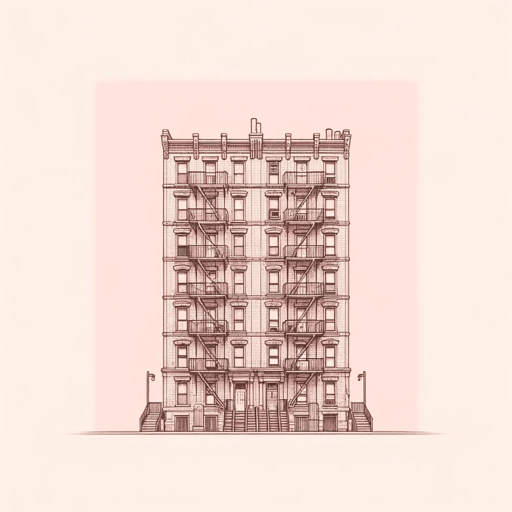47 pages • 1 hour read
Jacob RiisHow the Other Half Lives
Nonfiction | Book | Adult | Published in 1890A modern alternative to SparkNotes and CliffsNotes, SuperSummary offers high-quality Study Guides with detailed chapter summaries and analysis of major themes, characters, and more.
Chapter 14Chapter Summaries & Analyses
Chapter 14 Summary and Analysis: “The Common Herd”
Riis opens by distinguishing between a flat and a tenement, noting that a flat has a locked door, which signifies “the first step” toward “privacy” and thus raises the flat above the tenement (159). A sketch (“The Open Door”) shows an older woman carrying a basket and walking up stairs, ironically toward a closed door. The meaning is this: in tenements “the door-bell” is “extinct as the dodo,” and yet “well-paid labor puts its stamp on a tenement even in spite of the open-door, and usually soon supplies the missing bell” (159-60). Riis marvels at the fact that some tenants have risen above their surroundings, but these resilient souls are few in number and should not deceive readers into believing that the problem in the tenements originates with the tenants themselves. Even in the newer tenements, dominated by Irish and German immigrants, life “does not seem worth the living” (162). Another sketch (“Bird’s Eye View of an East Side Tenement Block [From a Drawing by Charles F. Wingate, Esq.]) shows a total of 42 tenement buildings, each between four and six stories high, crammed together on a single block. So dreary are the scenes in such places and so starved for beautiful things are its residents that a simple flower garden “does the work of a dozen police clubs” (165).

